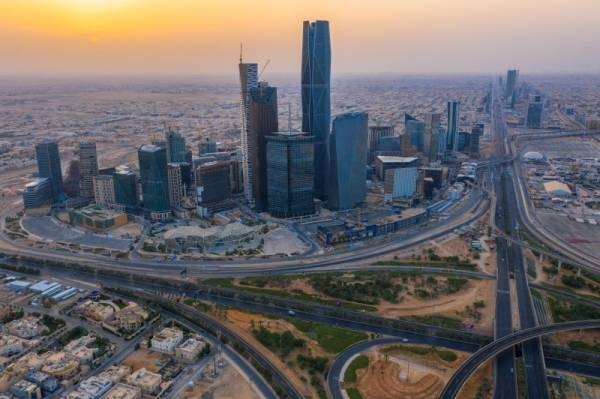In August 2024, Saudi Arabia’s non-oil exports saw a significant increase of 7.5 percent, reaching SR27.5 billion ($7.3 billion). This growth was driven by a 3 percent increase in non-oil national exports, excluding re-exports, and an 18.9 percent increase in re-exports. However, commodity exports recorded a decrease of 9.8 percent, amounting to SR92.8 billion ($24.7 billion), due to a decline in oil exports by 15.5 percent. The value of oil exports in August was SR65.3 billion ($17.3 billion), a decrease from SR77.3 billion in August 2023, attributed to voluntary production cuts by the OPEC+ alliance.
The share of oil exports in total exports dropped from 75.1 percent in August 2023 to 70.3 percent in August 2024. Imports also decreased by 3.9 percent to reach SR64.8 billion ($17.2 billion) in August 2024, compared to SR67.4 billion in the same month last year. Despite a 21 percent decline in the trade surplus in August, which stood at about SR28 billion, it represented an improvement from the previous month. China continued to be the top destination for Saudi Arabia’s commodity exports in August, accounting for 16 percent of total commodity exports, followed by South Korea (9.6 percent) and India (9.5 percent). Other top export destinations included Japan, the United Arab Emirates, the United States of America, Bahrain, Egypt, Poland, and Malaysia.
In terms of imports, China was also the leading trading partner for Saudi Arabia, accounting for 22.2 percent of imports in August. The General Authority for Statistics (GASTAT) releases international trade data to provide insights into the Kingdom’s trade performance. The growth in non-oil exports is a positive sign for Saudi Arabia’s economy, diversifying away from oil dependency. The decline in the trade surplus and the decrease in imports indicate a shift in the country’s trade balance, which may have implications for future economic policies.
It is important for Saudi Arabia to continue diversifying its exports and strengthening trade relations with key partners like China, South Korea, and India. The country’s reliance on oil exports makes it vulnerable to fluctuations in global oil prices, highlighting the need for a more balanced export portfolio. By expanding into non-oil sectors and investing in industries with high growth potential, Saudi Arabia can boost its export revenues and reduce its dependence on oil. Additionally, improving domestic production capabilities and enhancing trade infrastructure can further enhance the country’s competitiveness in the global market.
With the ongoing efforts to modernize its economy under Vision 2030, Saudi Arabia aims to transform into a more diversified and dynamic economy. The growth in non-oil exports and the country’s trade performance in August 2024 are positive indicators of the progress being made towards this goal. By leveraging its strategic location, abundant resources, and strong trade partnerships, Saudi Arabia can position itself as a key player in the global market. The government’s continued commitment to economic reforms and investment in key sectors will be crucial in driving sustainable growth and creating new opportunities for businesses and investors in the Kingdom.
In conclusion, the latest data on Saudi Arabia’s trade performance in August 2024 shows a mixed picture with growth in non-oil exports, a decline in oil exports, and a decrease in the trade surplus. Despite these challenges, the Kingdom remains focused on diversifying its economy, strengthening trade relations with key partners, and expanding its presence in the global market. By implementing strategic reforms, investing in key sectors, and enhancing trade infrastructure, Saudi Arabia can build a more resilient and competitive economy that is less reliant on oil exports.如需翻译,请联系Pinterest提供支持。











